
Gavalussa
In the heart of the enchanting landscape of Gavi DOCG, not far from Novi Ligure […]
View More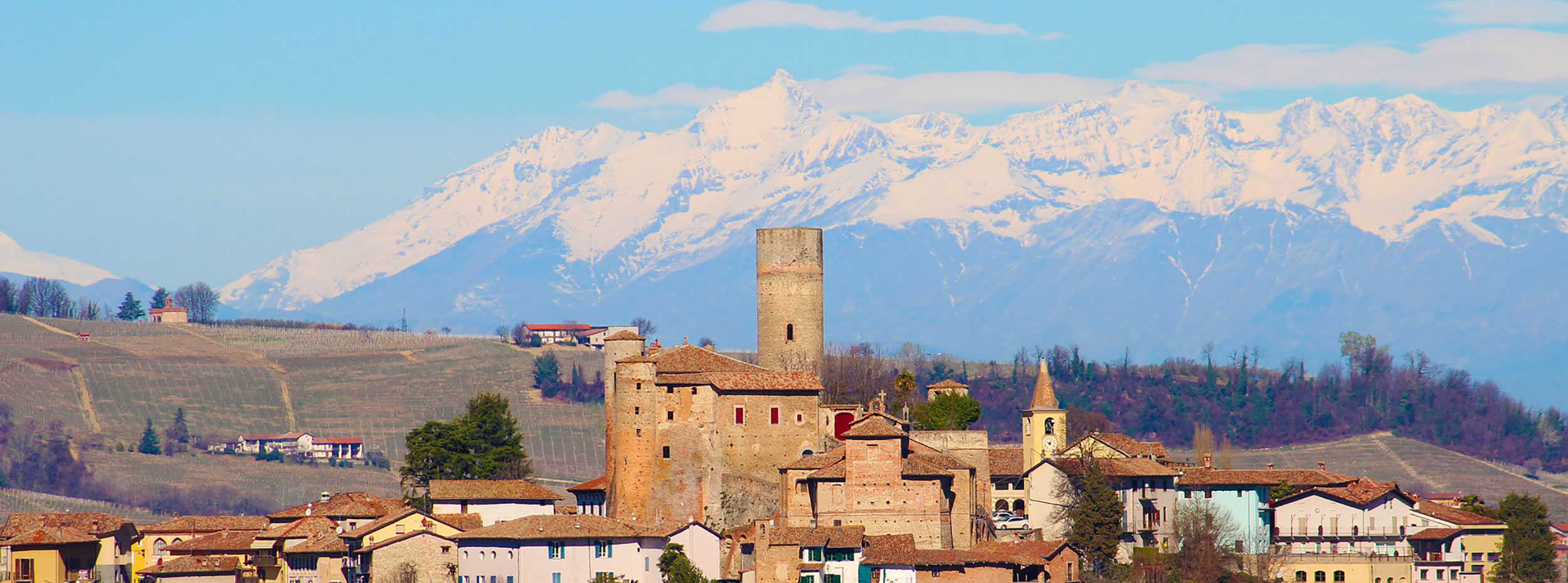


Popular Red Blends
Barbera
Dolcetto
Nebbiolo

Average annual production of our selection
1,015,000
bottles
Popular White Blends
Arneis
Cortese
Favorita


Total vineyards extension of our selection
242,53ha

In the heart of the enchanting landscape of Gavi DOCG, not far from Novi Ligure […]
View More
Since 1975, the Sanso family has been producing authentic wines from the Langhe, transmitting their […]
View More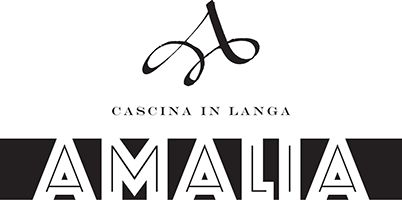
In the early 2000s, the Boffa family purchased Cascina Amalia located in Monforte d’Alba, one […]
View More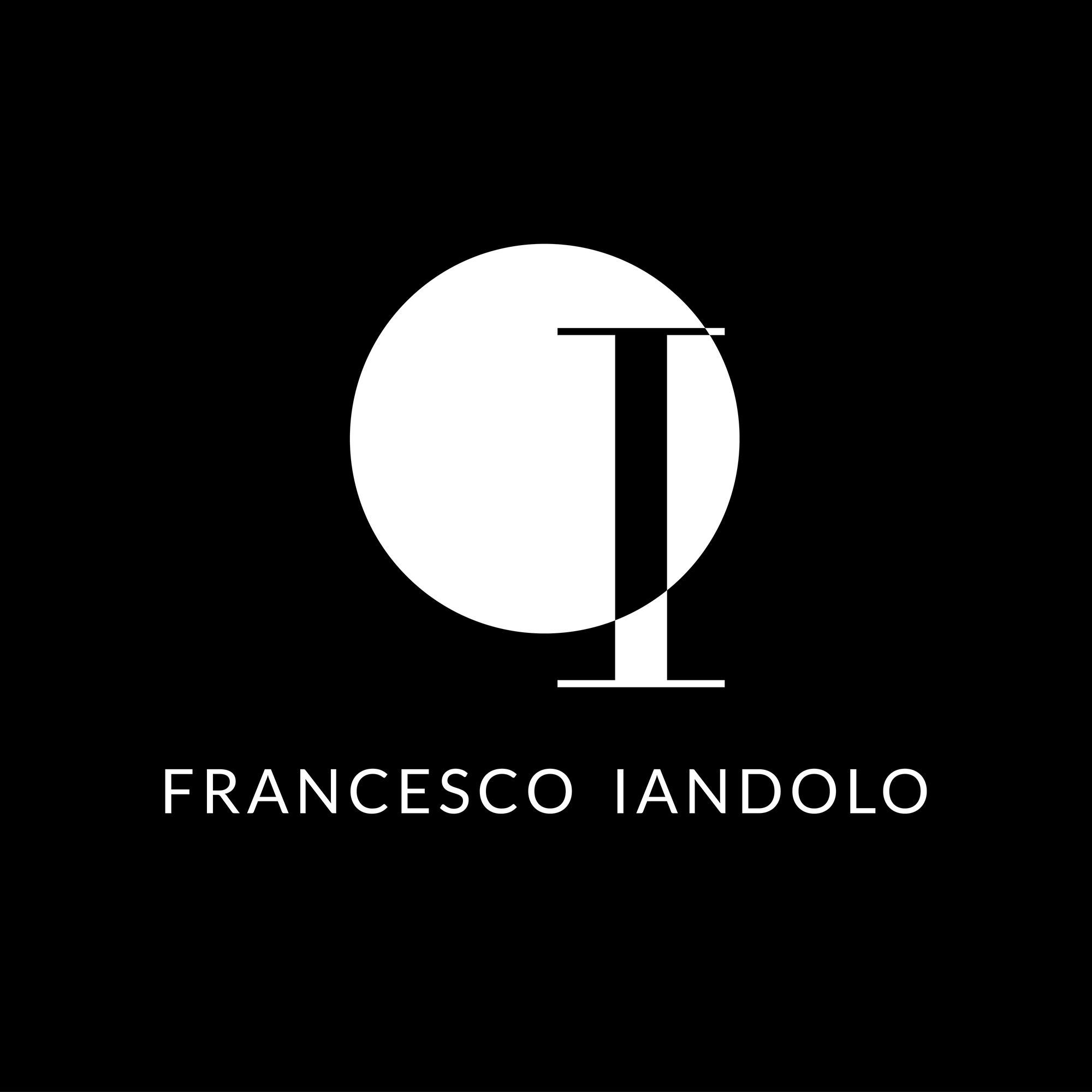
In 2018, Francesco Iandolo decided to change course after leaving behind a career as a […]
View More

With five centuries of history, the memories of this estate go back to around 1600, […]
View More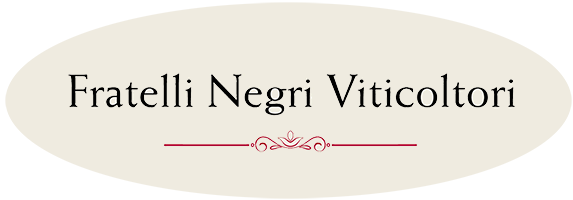
Cantina Fratelli Negri Viticoltori is the result of a dream of three siblings, Matteo, Fabio […]
View More

We will all miss Angelo Rocca very much after his tragic death: he was not […]
View More
The father of Riccardo Seghesio bought the estate in 1964 after the sharecropping system ended. […]
View More
Vigna Rionda, Vigna Marenca and Vigna Margheria are reputed to be the best in the […]
View More
Gavi is in southern Piedmont in the Monferrato area. This hilly area is the cradle […]
View More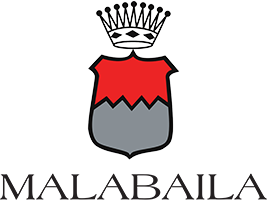
In the 1980s Corradino dal Pozzo Carrega Malabaila, together with the oenologist and agronomist Valerio […]
View More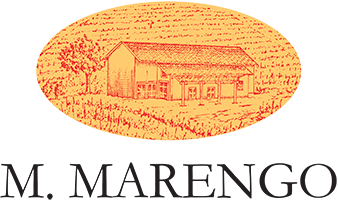
This estate was established by the Marengo family in 1899. Marco Marengo, the present owner, […]
View More
The estate is located in northern Piedmont, right at the foot of the Alps of […]
View More
The estate was established in 1952 by a family of viticulturists and it is named […]
View More
It is a pleasure to visit the Azienda Agricola Silvio Grasso: it is a wonderful […]
View More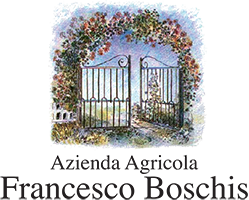
Mario Boschis manages this lovely estate in Dogliani (province of Cuneo) supported by his two […]
View More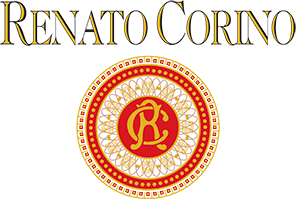
After his father’s estate was divided, Renato established his own estate in the Arborina area […]
View More